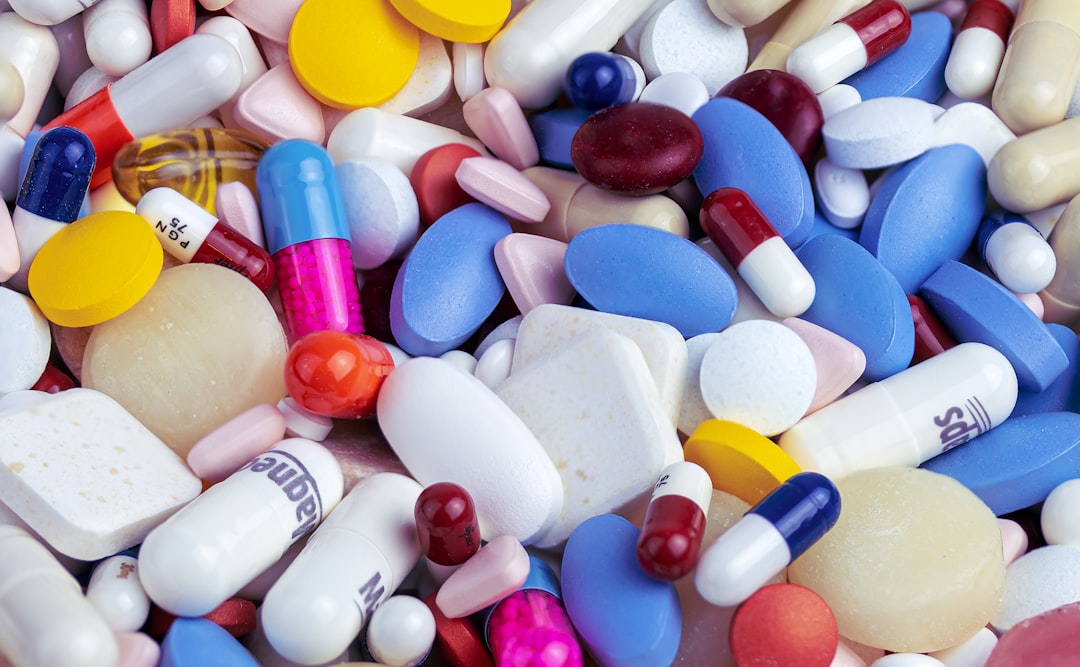
Opioid addiction is a grave and potentially deadly issue that impacts numerous individuals worldwide. This addiction involves the compulsive use of opioid drugs such as prescription painkillers, heroin, and fentanyl, which can lead to physical dependence, withdrawal symptoms, and overdose. Opioid addiction is challenging to overcome, but it is not impossible with proper treatment and support. Here’s the link to learn more about the awesome product here.
Spotting Opioid Addiction Signs of opioid addiction may include the following: an increased tolerance to opioids, withdrawal symptoms, social isolation, financial problems, changes in behavior, and physical changes such as track marks on the skin and weight loss.
Opioid Rehab Treatment Options There are several treatment options available for opioid addiction, including medication-assisted treatment (MAT), behavioral therapies, and support groups. Medication-assisted treatment involves using medications such as methadone, buprenorphine, and naltrexone to reduce withdrawal symptoms and cravings for opioids.
How Medication-Assisted Treatment Can Help Overcome Opioid Addiction Medication-assisted treatment (MAT) is a promising treatment option for individuals struggling with opioid addiction. MAT involves using medications such as methadone, buprenorphine, and naltrexone to reduce withdrawal symptoms, cravings, and the risk of relapse.
The Role of Behavioral Therapies in Overcoming Opioid Addiction Behavioral therapy is another essential component of opioid addiction treatment.
Opioid addiction treatment and rehabilitation. Addiction to opioids can have severe consequences for both the individual and society. It can lead to negative physical and mental health outcomes, social and economic problems, and legal issues. Just click here and check it out!
What is opioid addiction treatment? It typically involves a combination of medication, behavioral therapy, counseling, and support groups. Medication-assisted treatment (MAT)
Medication-assisted treatment (MAT) is a common form of opioid addiction treatment that involves the use of medication to manage withdrawal symptoms and reduce cravings for opioids. Methadone and buprenorphine are opioids themselves, but they are administered in a controlled manner and in lower doses to prevent withdrawal symptoms and cravings. Naltrexone, on the other hand, blocks the effects of opioids and can prevent relapse.
Heroin treatment can be expensive, depending on the facility chosen and the length of stay. The cost of treatment may really add up, and inpatient programs are notoriously the most expensive choice because of the extended hospital stays required. Outpatient programs can be quite expensive because of the patient’s ongoing requirement for treatment or counseling sessions. Regular appointments with a therapist or counselor are a part of outpatient therapy, but patients are not required to stay in the hospital overnight. Partial hospitalization programs combine the benefits of inpatient and outpatient care by allowing patients to remain at home while still participating in regular outpatient treatment groups. Click here to get even more info on the subject!